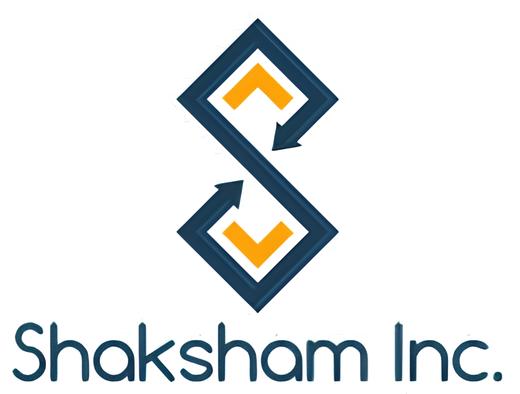Here is a standard specification for Epoxy Chemical, commonly used in construction for bonding, anchoring, coating, grouting, or crack injection applications. The exact specification will vary based on the use case (e.g., epoxy grout, epoxy adhesive, epoxy coating, etc.), but the general specification below is widely applicable for infrastructure and civil engineering projects.
✅ SPECIFICATION OF EPOXY CHEMICAL
1. Product Description:
Epoxy chemical is a two-component thermosetting resin system (resin and hardener) used for high-performance bonding, sealing, and protection in civil and structural engineering works.
2. Composition:
-
Part A – Resin (Epoxide)
-
Part B – Hardener (Amine or Anhydride)
-
Mix Ratio: Typically 2:1 or 1:1 by volume/weight depending on manufacturer
3. Typical Applications:
-
Anchor bolt grouting
-
Bonding of concrete to concrete/steel
-
Repair of cracks in RCC
-
Epoxy floor coatings and waterproofing
-
Structural crack injection
-
Protective coating for steel and concrete
4. Technical Specifications:
| Property | Specification |
|---|---|
| Mixing Ratio (Resin:Hardener) | 2:1 or as specified by manufacturer |
| Pot Life | 30 – 60 minutes at 25°C |
| Compressive Strength | ≥ 70 MPa (ASTM C579) |
| Tensile Strength | ≥ 15 MPa (ASTM D638) |
| Bond Strength to Concrete | ≥ 2.5 MPa or concrete failure (ASTM C882) |
| Curing Time | Initial: 6–8 hours, Full: 7 days @ 25°C |
| Application Temperature | +10°C to +40°C |
| Viscosity | Medium to high (depending on application) |
| Density | Approx. 1.1 – 1.3 g/cm³ |
| Color | Amber, clear, or pigmented based on type |
| Shelf Life | 12 months (unopened, stored at 5–30°C) |
| Chemical Resistance | Excellent against water, oil, acids, and alkalis |






